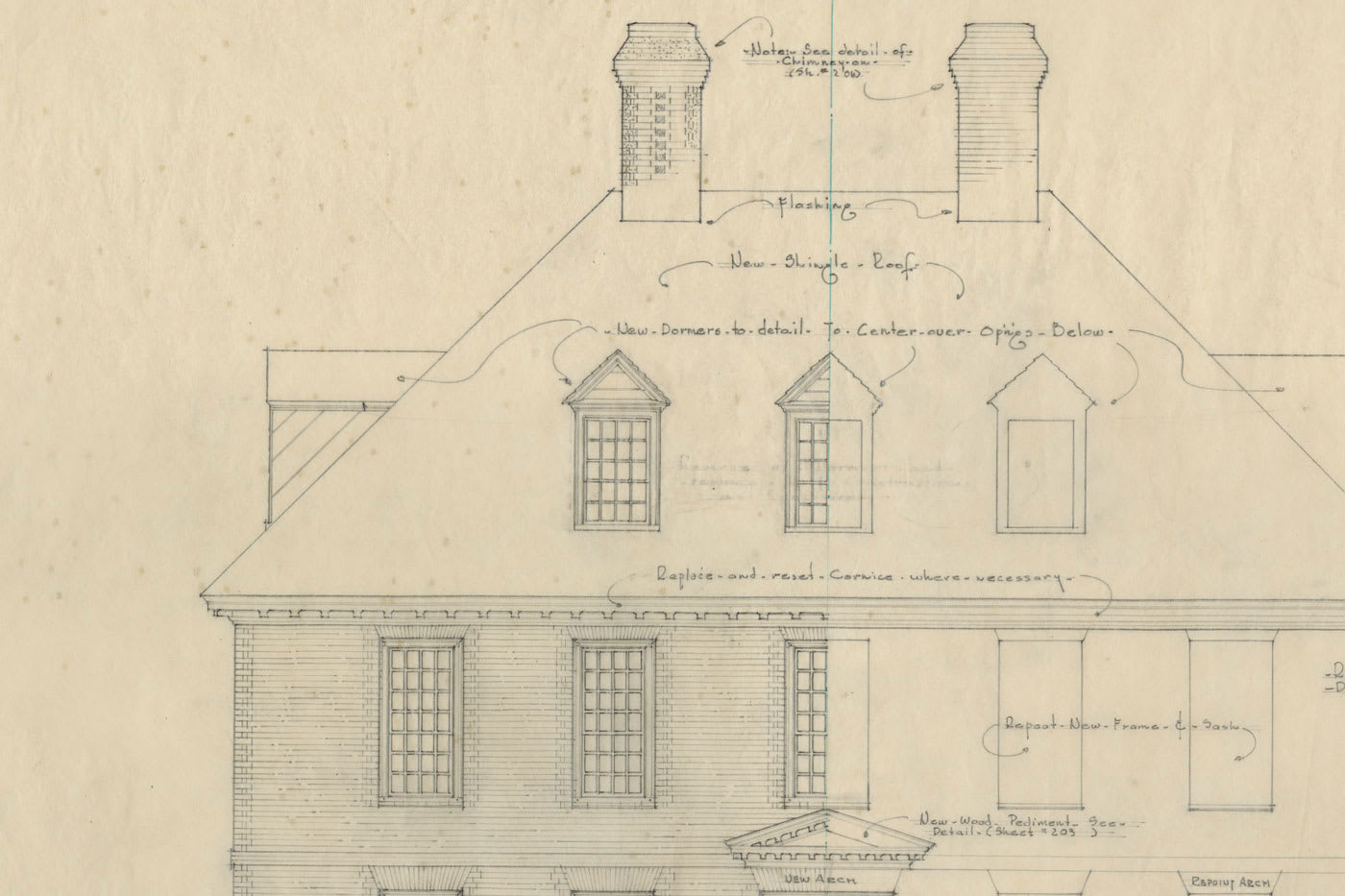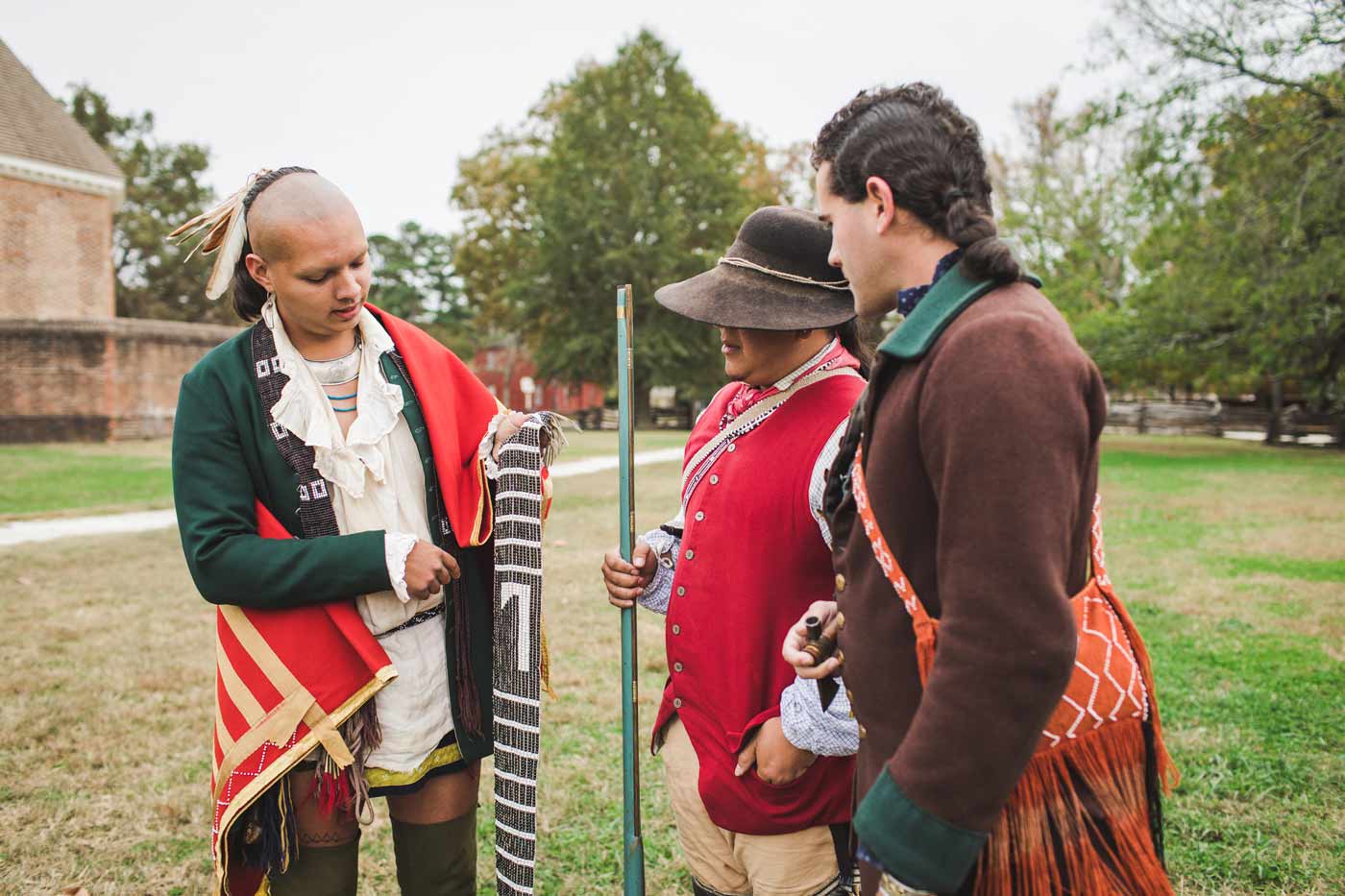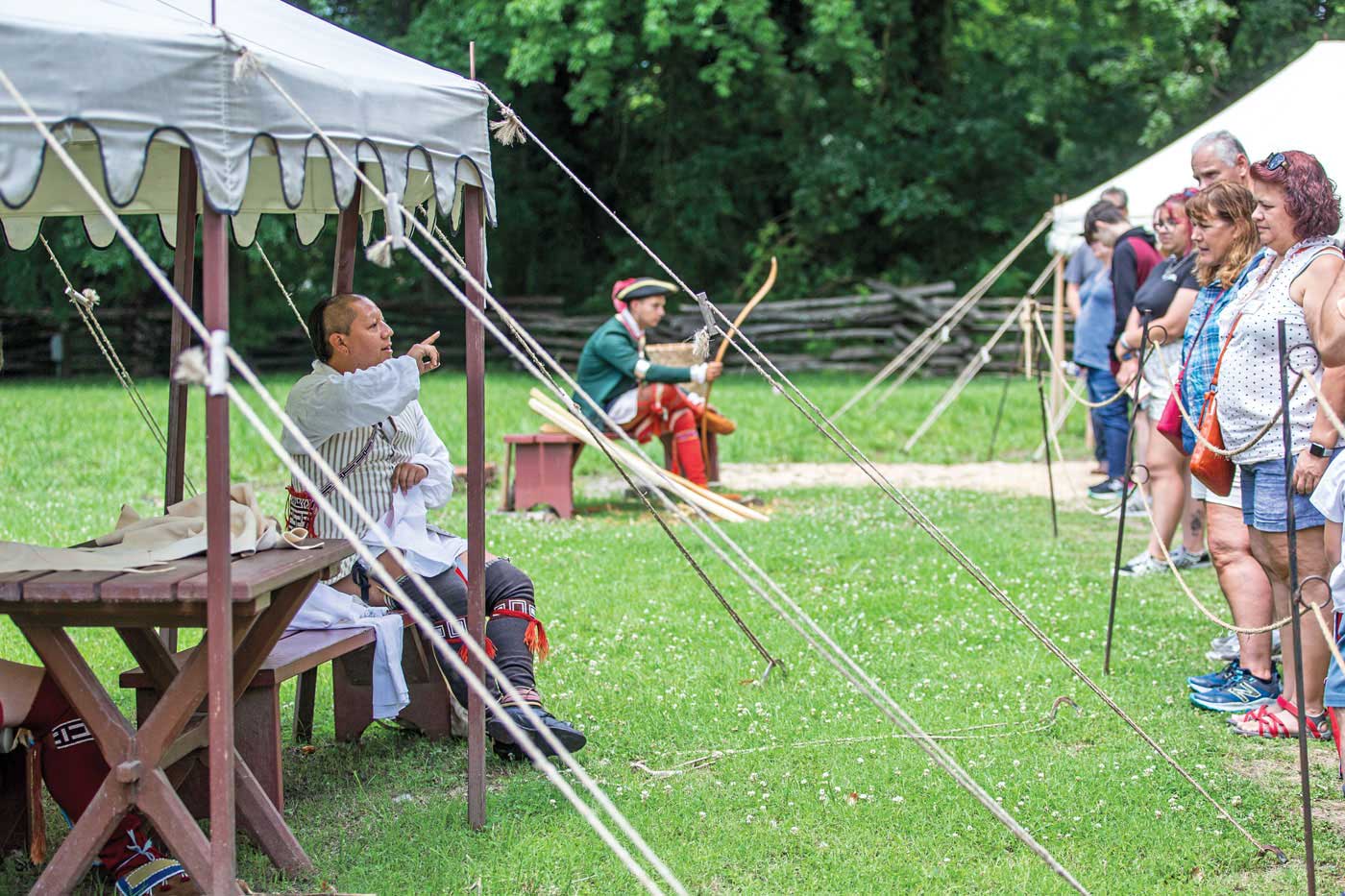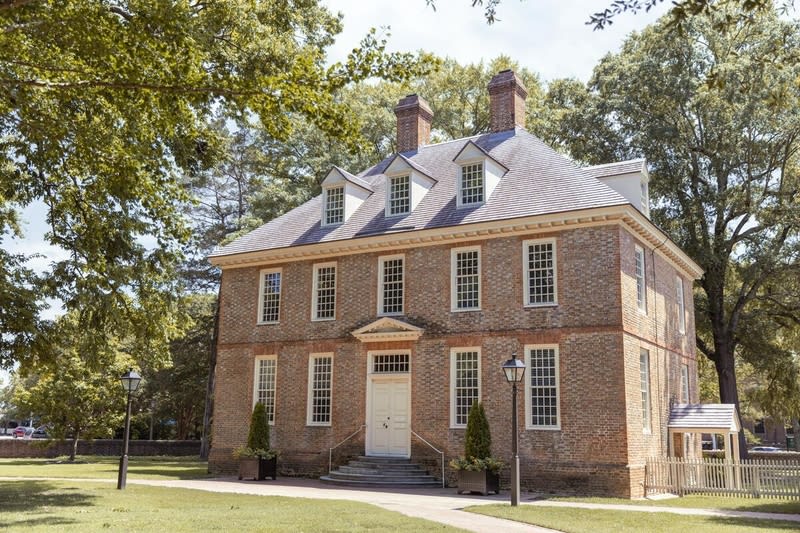Some white Virginians felt that the school was a failure. According to Virginia planter William Byrd II, those who completed their education at the school immediately relapsed “into Infidelity and Barbarism” because they “forget all the good they learn, and remember the Ill.”11
Some Indigenous leaders likewise questioned the school’s usefulness. Benjamin Franklin once described a 1744 treaty negotiation in which the English offered to take some of the Native children to the Brafferton School. The Native diplomats’ reply, according to Franklin, was that “some of their Youths had formerly been educated in that College,” but when they returned, “they were absolutely good for nothing being neither acquainted with the true methods of killing deer, catching Beaver or surprizing an enemy.” They concluded by offering to take some of the English children to “make men of them.”12 Franklin’s account isn’t entirely trustworthy. He was writing many years after the fact about an event he didn’t witness, and he could seldom resist adding a touch of color his stories. But regardless of whether this unfolded as Franklin described, the students’ experiences in Williamsburg set them apart from their peers.
Education at the Brafferton enabled students to serve as military leaders, diplomats, and translators. Many of the young scholars belonged to prominent families. Their schooling helped them to prepare for leadership roles. They returned home with new language skills and knowledge about English customs, culture, and society that guided their peoples through the tumult of colonization and revolution. When violence broke out between the Cherokee and Virginians in the 1770s, former student Charles Murphy was often called upon as an interpreter and messenger. A Delaware-Oneida man named John Montour used the knowledge he developed at the Brafferton School to cultivate alliances between Ohio Valley Indians and both the British and Americans during the Revolutionary War. Former student John Nettles fought for the Americans during the Revolutionary War and served a translator and diplomat for the Catawba for decades, including in meetings with President George Washington.13
The American Revolution ultimately brought an end to the Brafferton School. As Great Britain cut off economic ties with the rebellious Americans, funding for the school evaporated. The last known student, Henry Bawbee, left the school in 1778. Over the course of its existence, about 125 Indian boys attended the school, though surviving documents only disclose the names of 27 students. At least 39 descendant communities have ancestors who attended the Brafferton School.14







